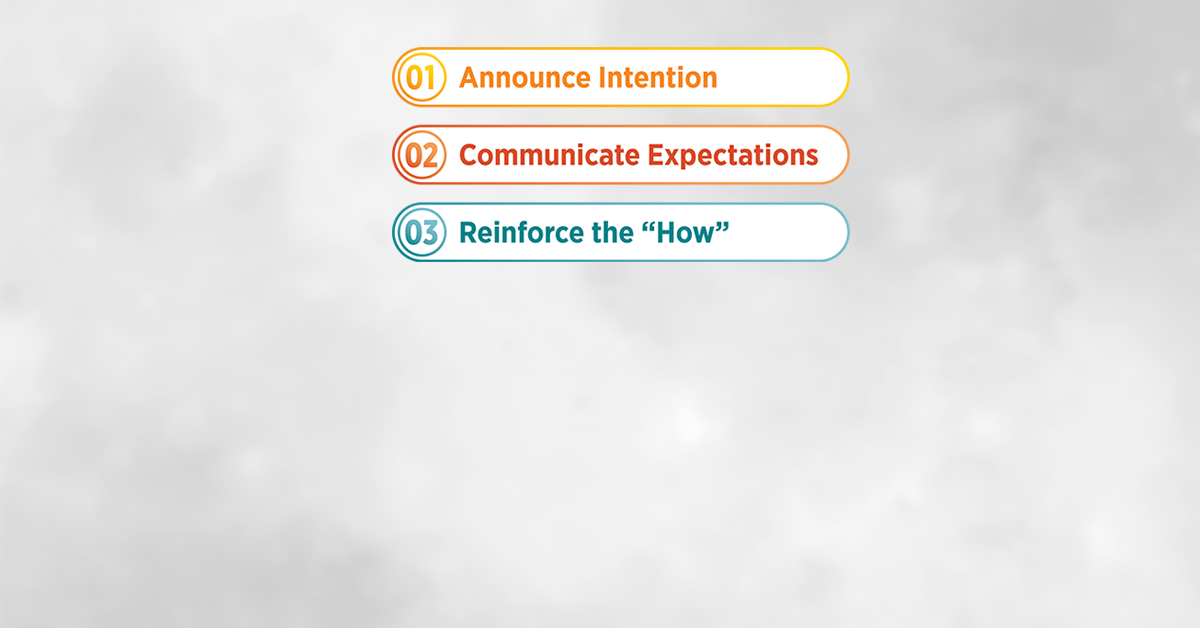Study after study shows that companies with engaged frontline employees have improved productivity, fewer injuries, a decrease in turnover, and an increase in profits. Those same studies often show just how disengaged most non-desk employees are.
A recent Gallup study found that over 54% of workers are “psychologically unattached to their work and company. They…show up for work and contribute the minimum effort.”
What’s the fix here? A big piece of the remedy is effective communications. For HR, that means you need understandable, compelling communications at every stage of the employee experience — from recruiting and onboarding to training, recognition, and performance management…and everything in between.
You also need to close the communications gap between corporate and frontline workers. This involves communicating with purpose.
The FIVE FIXES for Your Communications
If you feel like your communications are being ignored, you can take your HR communications from blah and burdensome to compelling and concise with these great tips.
- Really get to know your audience. One-size-fits-all messaging lacks the motivation needed to drive action. It’s better to construct targeted, appealing communications that engage each employee. Do you know what interests the employees in the field, on the floor, or at a store?
- Talk to them in plain language. Content that’s too complex clouds your message. Yes, it is possible to build effective communications that are both easy to understand and legally sound. In simplest of terms, write like you talk and avoid jargon.
- Find out how they like to get information. Using the same channel to reach everyone tends to reach no one. You may be excluding a large portion of your population. You know email is no longer the answer. There are far better ways to reach frontline workers (the way they want you to).
- Reflect your diverse employee base. Ensure your communications include everyone in the conversation. And this is more than just in the photography you use!
- Engage support at the local level. Make it easier for local HR and line managers to get the word out, and even consider expanding your support team to include employee ambassadors.
Want to see some real-world examples for how to reach non-desk employees and fix the most common HR communications mistakes? Download our ebook that offers 25 years’ worth of experience and know-how.
Download our ebook, Communicate with Purpose
Keep up with us on LinkedIn for more tips on HR communications.



